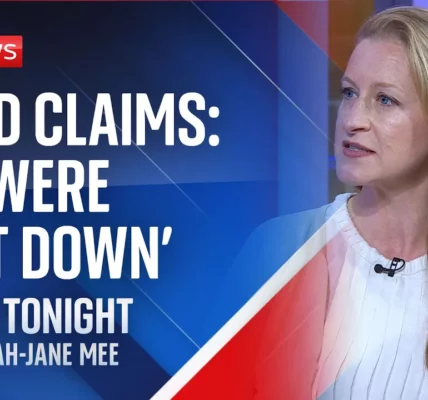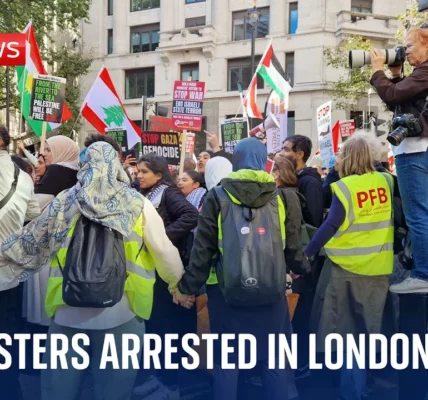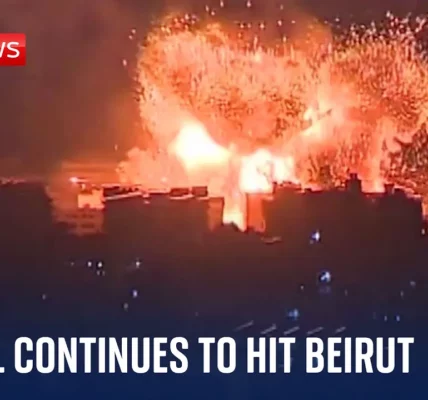Grenfell Tower Inquiry Findings: A Heartbreaking Revelation

The Grenfell Tower tragedy remains a poignant reminder of the critical importance of safety in residential buildings. This article delves into the inquiry’s findings, emphasizing the avoidable nature of the losses and the urgent need for accountability and reform.
Introduction
The Grenfell Tower fire, which occurred on June 14, 2017, resulted in the tragic loss of 72 lives, including 18 children and 15 disabled residents. The recent findings from the inquiry have brought to light the harrowing details surrounding these avoidable deaths. This article aims to explore the inquiry’s findings, the implications for responsible parties, and the lessons that must be learned to prevent such a tragedy from ever happening again.
The Inquiry’s Findings
A Heartbreaking Confirmation
The inquiry, which spanned over 400 days, confirmed that every single death in the Grenfell Tower fire was avoidable. This shocking revelation underscores the systemic failures that contributed to the tragedy. The chair of the inquiry highlighted several key issues:
- Systematic dishonesty
- Corporate greed
- Institutional indifference
- Neglect and incompetence
These factors played a significant role in the events leading up to and during the fire, revealing a failure at multiple levels of governance and oversight.
Impact on Survivors and Families
For the survivors and the families of those who lost their lives, the inquiry’s findings have been gut-wrenching. Many have expressed their desire for accountability and reassurance that such a disaster will not happen again. The emotional toll of this tragedy continues to be felt deeply within the community.
Calls for Accountability
Government and Corporate Responsibility
In light of the inquiry findings, there have been renewed calls for accountability from various stakeholders. It has been suggested that any company named in the report should be barred from receiving government contracts, especially those involving taxpayer money. This includes:
- Installation companies
- Cladding manufacturers
The idea is to prevent these companies, which were deemed systematically greedy and neglectful, from profiting at the expense of public safety.
Legal Actions and Investigations
There is also a pressing need for legal action against those responsible. The police and the Crown Prosecution Service (CPS) are expected to conclude their investigations following the inquiry’s completion. However, the extensive nature of the inquiry, comprising thousands of pages of evidence, means that families may have to endure a prolonged wait for justice.
Lessons Learned and Future Regulations
The Role of Deregulation
The inquiry has highlighted the dangers of deregulation and the privatization of safety standards. With over 14,400 pages of documentation, it is evident that many of the systemic failures stemmed from inadequate regulatory oversight. Key recommendations from the inquiry include:
- Implementing stricter regulations on building safety standards.
- Enhancing oversight of the construction and maintenance of residential buildings.
- Ensuring proper accountability mechanisms for corporations involved in housing.
These reforms are crucial to ensuring that all residents can live in safe, high-quality homes.
Current Safety Concerns
As of September 2024, there are still over 1,300 residential buildings in London deemed unsafe regarding fire safety. This situation is alarming, especially considering the lessons learned from the Grenfell tragedy. It is imperative for authorities to address these concerns promptly to prevent future disasters.
Conclusion
The Grenfell Tower fire was a tragedy that exposed significant flaws in safety regulations and corporate accountability. The inquiry’s findings serve as a stark reminder of the need for systemic change in the housing sector. Moving forward, it is essential that we hold responsible parties accountable and ensure that such a tragedy is never repeated. Communities deserve safe living conditions as a basic human right. We must advocate for change and support the survivors and families affected by this tragedy. For more information on housing safety and regulations, visit our related articles on fire safety standards and community advocacy.
“`




